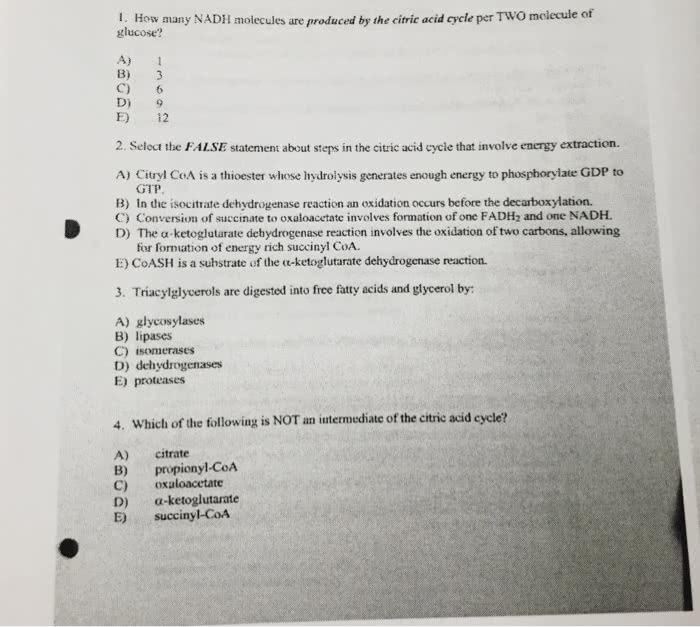CH 461 Lecture Notes - Lecture 5: Citric Acid Cycle, Acetyl-Coa, Epimerase And Racemase
Document Summary
Coa molecules, with the formation of one fadh 2 and one nadh at each of the seven. Palmitic acid has 16 carbons, so you can break it down into eight acetyl . Electron transport starting with fadh 2 yields two atps and with. Therefore, oxidation yields the equivalent of 35 atps per molecule of palmitic acid. Each acetyl coa goes into the tca cycle, where its metabolism yields three nadhs, one fad, and one gtp directly, for a total of 12 atps. Although the fatty acid oxidation scheme works neatly for even numbered chain. Oxidation of these compounds leads to propionyl coa and acetyl coa, rather than to two acetyl coa at the final step. The propionyl coa is not a substrate for the tca cycle or other simple pathways. Propionyl coa undergoes a carboxylation reaction to form methylmalonyl coa. This reaction requires biotin as a cofactor, and is similar to an essential step in fatty acid biosynthesis.



